Railroad photography
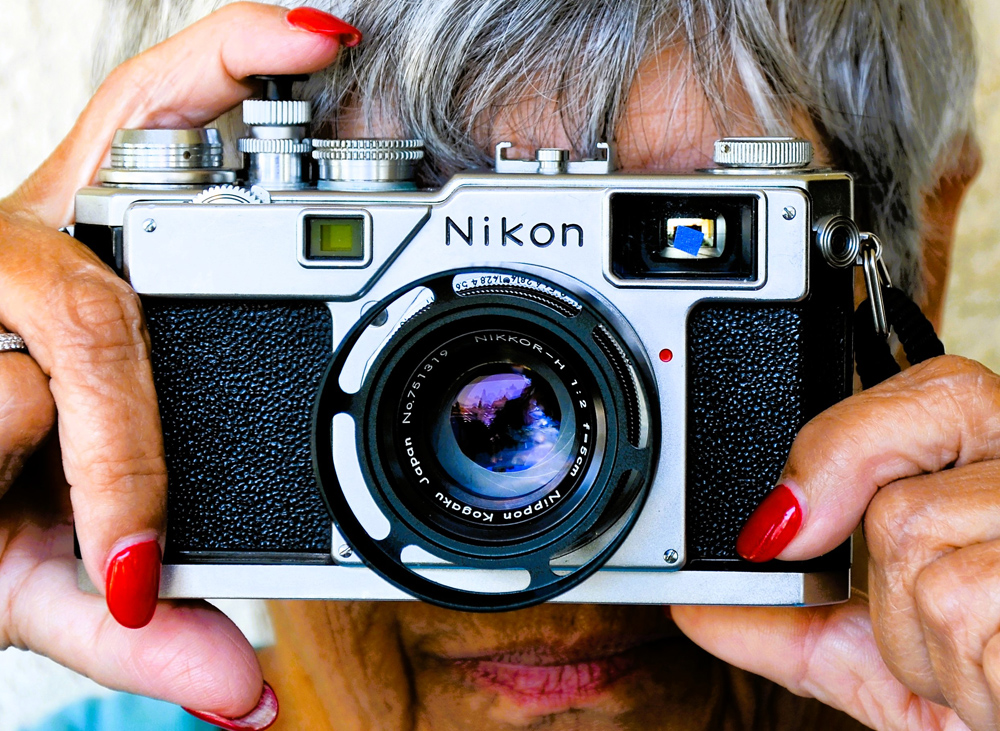
The retro use of film cameras in our hobby has found a hardcore niche. If you can afford the cost of film these days and tamp down the instant gratification of shooting digital to see what you captured seconds later, you can be rewarded images echoing those from photographers past.
Waiting to see what you have shot can be a combination of anticipation paired with frustration, sometimes all on the same roll of film. That being said, many believe most film cameras are equal. They are not.
While new and slightly used late model film cameras of all stripes can be found, there is the lure of using equipment from the distant past of photography. It can be rewarding, but you have to be prepared for what you pull out of the closest or find at a local garage sale.
Yes, there are gems to be discovered out there that will produce great images, but there are also clunkers that were considered subpar even when they were new. If you think about it, if given a choice, almost every photographer from the past would jump at the opportunity to ditch their film cameras for a modern digital rig.
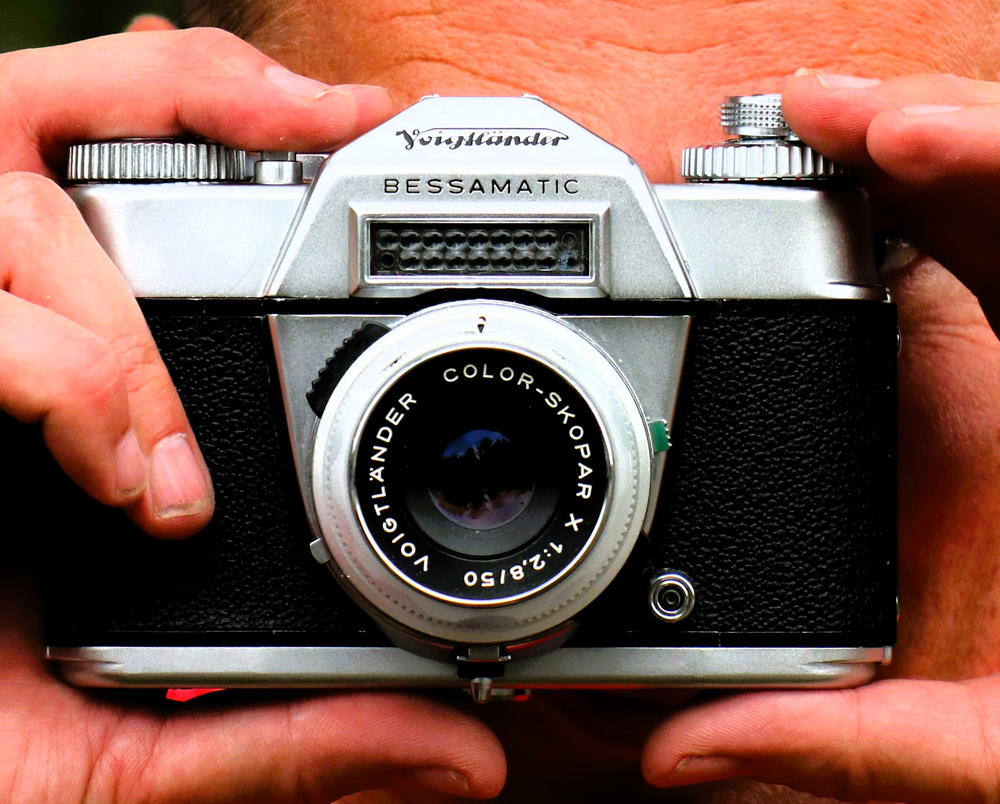
But if the lure of film is undeniable, today, finding newer equipment in good working order from major brands is not a problem. But a close inspection is a must.
Test the shutter to see if all the speeds work and are reasonably accurate. Look for signs of it being misused, or dropped. Make sure it focuses to infinity and the lens helical is smooth without choppy spots. If it is a folding camera with bellows, test it in a dark room with a flashlight for light leaks.
Almost any camera can be repaired, but it is good to know what you are getting from the get-go. One weak spot of older film cameras are those with built-in light meters. Whether the meter is still working or not, the battery that powers it may not be commercially available anymore. Aftermarket kits with newer, mercury-free designs are available for some. It might be good to check first.
Twin-lens reflex cameras such as Rolleis, Minoltas, and Yashicas were favorites among 120-roll film users, and to a lesser extent various Graphic-type bellows cameras that handle both cut film and roll film.
Another thing to look for is haze in the lens. Many manufacturers, including top-flight equipment from Leitz, maker of the Leica camera, used a glue, that over the ages, began to slightly fog the lens. It usually does not affect sharpness, but it does cut down on contrast. If the lens is in good shape otherwise, any good repair person can disassemble and clean the lens. It is just something else to think about.
There is also the question of lens coatings. Early lens were designed and built before coating, which was designed to protect the quality of the optics. Unfortunately, earlier coating applications easily scratched with regular cleanings. Like lens haze, if you have the funds, optics can be recoated.
Finally, hardware aside, you have to ask yourself that after being spoiled by the digital age, do you have the patience for film photography?
The answer may not have an obvious answer. Unless you plan to develop your own film, your finished product may take days to get back to you.
But if it is, then knock yourself out. You will find a whole new/old world awaits you.
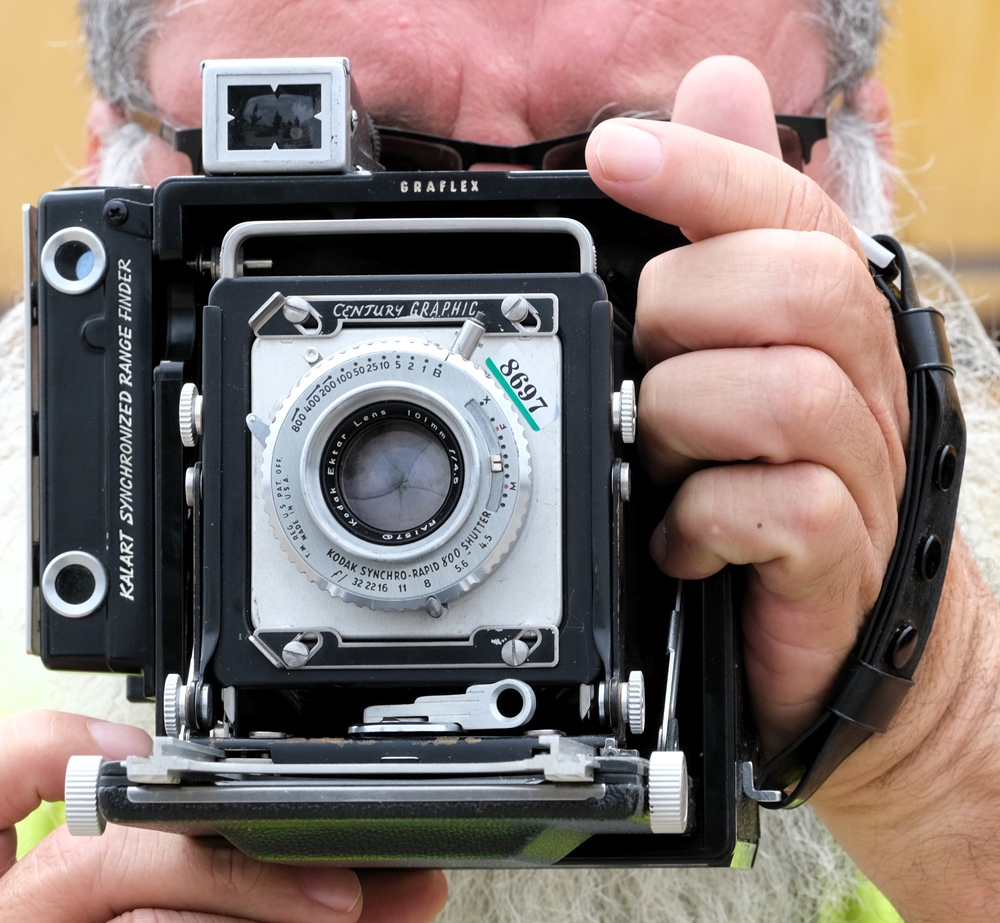






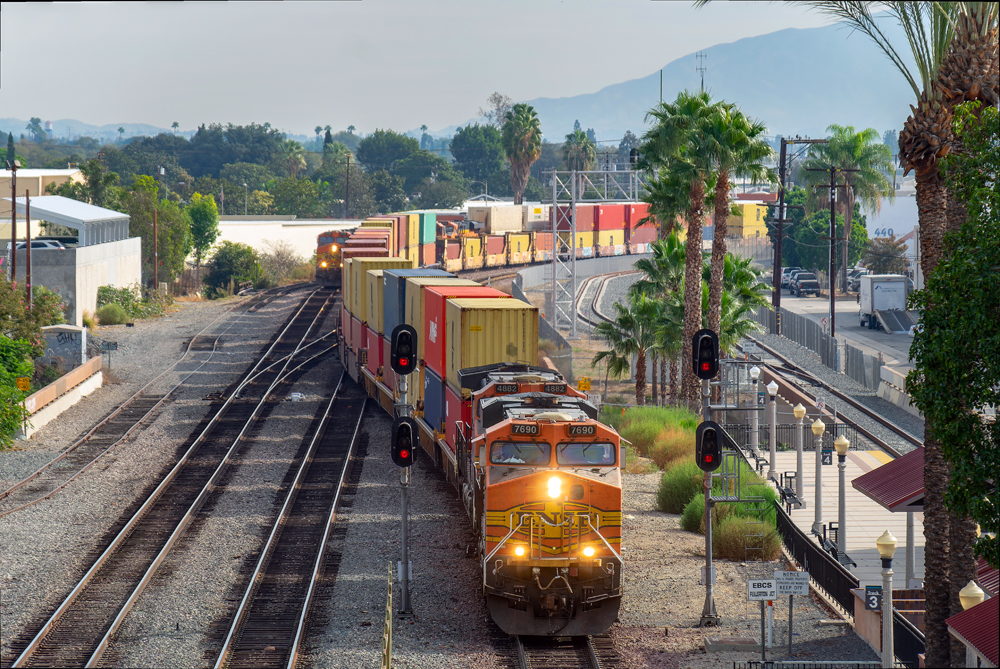
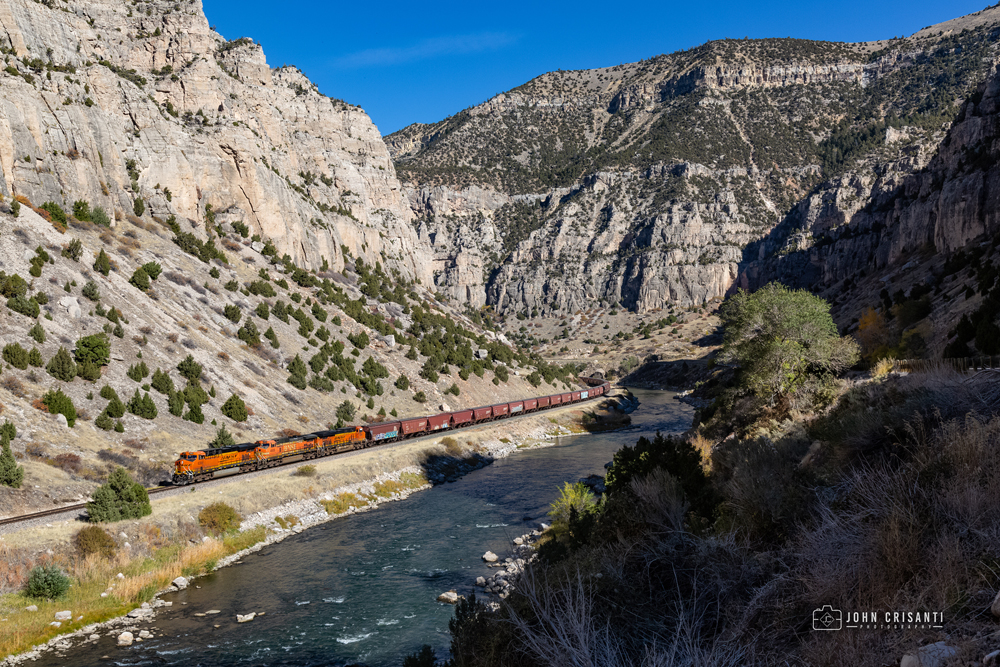
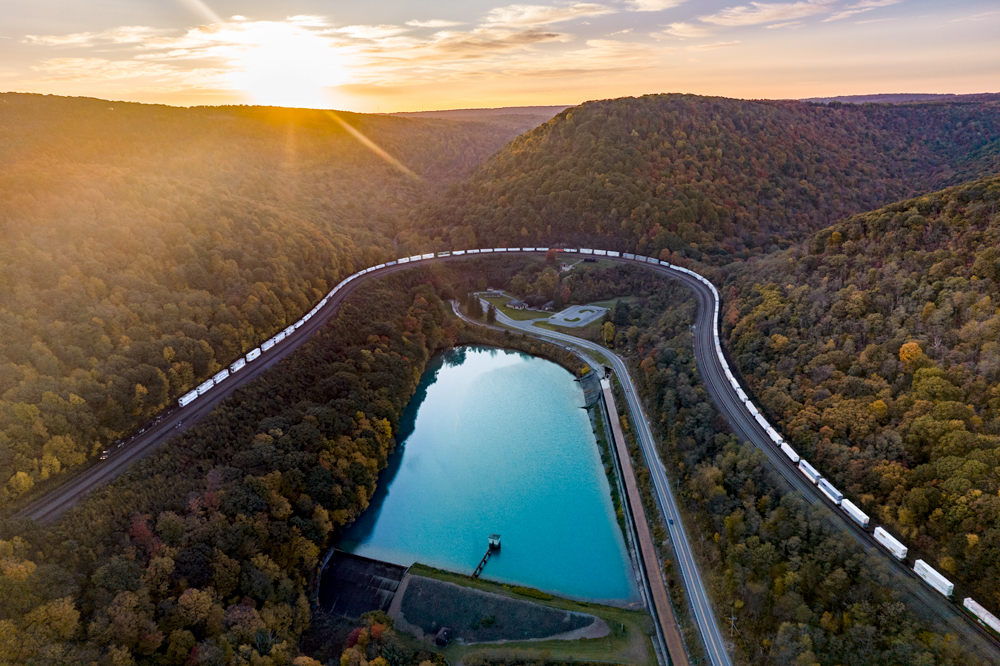
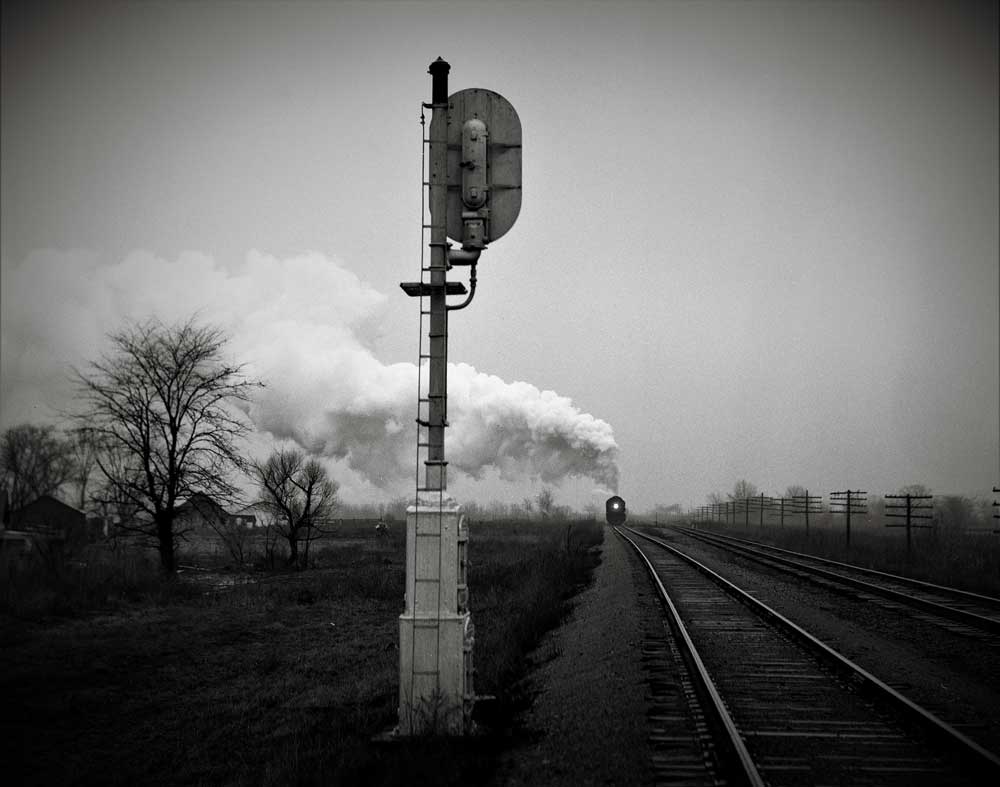




As a former professional photographer and shot every size film from 35mm to 8×10 sheet film and who left the business when it went digital I am amazed at what you can do with and can’t imagine going back to film. That being said IMHO if your going to shoot 35mm film you can’t go wrong with the last Canon and Nikon film cameras. I am still in awe of the skill level of photographers like Winston Link and others of his era.
I am 71 years old so I still use normal film cameras. My dumb phone takes pictures but I haven’t figured how to download the pictures and print them off. It doesn’ hurt to have both available. One time at Big Sandy, Tx, I saw the D&RG heritage unit on the point of a UP freight. My battery on the camera picked that time to die. I completely forgot about the cell phone camera and I still kick myself about that. For us older people who aren’t that techy a normal film camera is the way to go.
Other than an occasional cell phone picture, I’ve never been “spoiled in the digital age”. I still have 4 different film SLR’s, 3 of which see very active duty.
The REAL challenge now is finding film, specifically Fuji Provia, which became my standard after K25. E100 is a distant second choice…